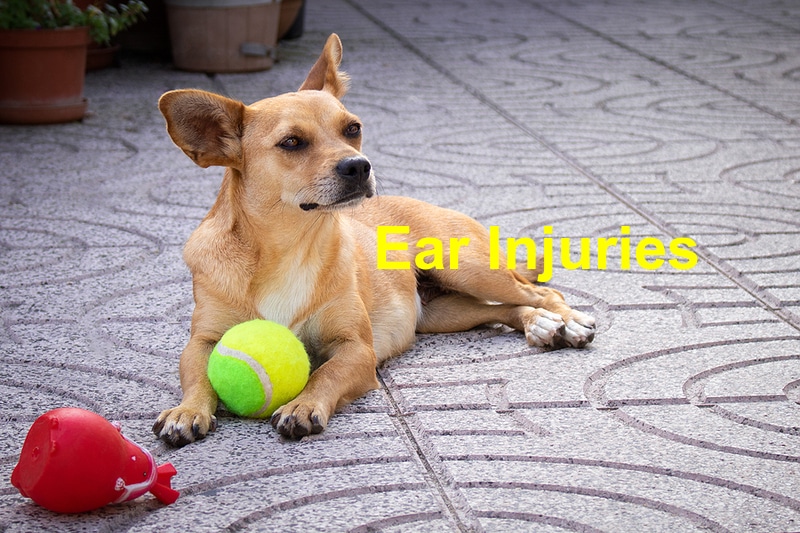One of the unfortunate mishaps that dog owners have to contend with on a constant basis is injuries involving the ears of their poodle. These guidelines detailed here are for injuries caused by objects that may accidentally get stuck in the dog’s ear, fights or from violent head-shaking that may occur when your furry friend attempts to dislodge objects from their ears.
Be on the Lookout
One of the tell-tale signs of ear injuries is swollen or bleeding ears. They are an indication that your furry buddy has something lodged in their ears. Most of the time the dog will even gesture at their afflicted ear by shaking their head vigorously or pawing constantly at it in an attempt to remove the offending object from their ears.
The Primary Cause
The main cause of ear injuries in dogs occurs when they try to dislodge objects from the ears by shaking their heads vigorously. In one way or another, this may burst a blood vessel, trigger fluid build-up under the skin or cause a little bit of swelling on the ear flap.
Administer Immediate Care
The best way of minimizing the extent of ear injuries in your poodle is to be vigilant enough to administer immediate care should they exhibit signs of distress. Speaking of which, if your furry buddy starts shaking their head, do the following as soon as possible;
· Check the ear that is closest to the wall or ground
· Attempt to remove the stuck object using a pair of tweezers or using your fingers if it is a seed, pebble or toy.
· If, by any chance, you cannot manage to dislodge the object, then bandage the affected ear lightly against their head and rush your pet to the nearest veterinary station for further treatment.
How to Deal with Bleeding Ears
If your dog’s ears are bleeding, use absorbent pads e.g clean towels, cotton pads or even sanitary towels to apply pressure on each side of the injured ear flap for a couple of minutes. Don’t remove the pads even if the bleeding halts. Instead, bandage the flap flat against your dog’s head and rush them to the nearest vet before the wound gets infected. Administer the same treatment if the ear is swollen or appears inflamed.




